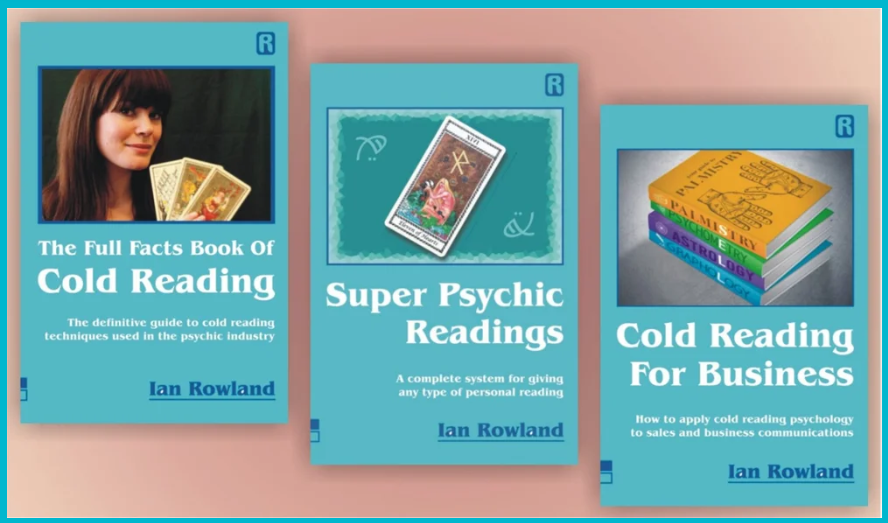Cold Reading Psychology: Why We Believe What Isn’t Really There
Cold Reading Psychology: Why We Believe What Isn’t Really There
Cold reading is one of those fascinating skills that looks like magic but is firmly rooted in psychology. From psychics and fortune tellers to sales professionals and negotiators, the same tricks of perception keep showing up. To really understand how it works, we need to dive into cold reading psychology the mental shortcuts and biases that make vague statements feel deeply personal.
What Is Cold Reading Psychology?
At its core, cold reading psychology is about why people believe general statements are unique insights into their lives. It explains how our brains interpret language, fill in the blanks, and overlook inconsistencies.
When a psychic says, “You sometimes doubt yourself, but deep down you know you’re capable of more,” that statement could apply to almost anyone. Yet thanks to cold reading psychology, the sitter feels it’s a special truth about them.
The Psychological Principles Behind Cold Reading
Several key principles form the backbone of cold reading psychology:
The Forer Effect – People accept vague, generalised statements as highly personal.
Confirmation Bias – We remember the hits, forget the misses, and focus on what seems accurate.
Subjective Validation – If a statement resonates emotionally, we assume it must be true.
Active Participation – Sitters unconsciously add details, making vague comments seem precise.
Together, these ideas explain why cold reading psychology is so effective in creating the illusion of insight.
Classic Examples of Cold Reading Psychology in Action
The easiest way to grasp cold reading psychology is through examples:
Barnum Statements – “You sometimes feel you’re not living up to your full potential.”
Rainbow Ruses – “You can be outgoing, but at times you need to withdraw.”
Fuzzy Facts – “I sense a connection to someone whose name starts with J or M.”
Each one relies on cold reading psychology, playing on universal experiences and our tendency to interpret them as unique.
Cold Reading Psychology Beyond Psychics
Although most people associate it with tarot cards and crystal balls, cold reading psychology goes far beyond entertainment. You’ll see it in:
Sales – “You want value, but you also care about quality.”
Politics – “You’re proud of your community, but you know improvements are needed.”
Job Interviews – “You’re a team player, but you also take initiative.”
All of these examples work because of cold reading psychology—the human tendency to feel understood even by vague statements.
Why Cold Reading Psychology Matters
Understanding cold reading psychology is important for two reasons. First, it protects you from being misled by those who use it dishonestly. Second, it equips you with communication tools you can use ethically to build rapport and connect more deeply with others.
When used wisely, cold reading psychology isn’t about trickery. It’s about recognising shared human experiences and expressing them in ways that make people feel seen and valued.
How to Spot Cold Reading Psychology
To sharpen your awareness, look for these telltale signs of cold reading psychology at work:
Statements that could apply to anyone.
Opposites presented together (“You’re cautious, but you also take risks”).
Questions disguised as insights.
Details broad enough to invite the listener’s input.
Once you understand cold reading psychology, you’ll see it everywhere—from sales pitches to social media quotes.
Cold reading psychology is the reason vague statements feel personal, persuasive, and even profound. It’s not mystical, but it is powerful. Recognising it helps you avoid being misled, while also giving you tools to connect with others more effectively.
Used unethically, cold reading psychology can deceive. Used wisely, it reminds us of the universal human desire to feel understood. And that, more than any trick, is the real magic.





